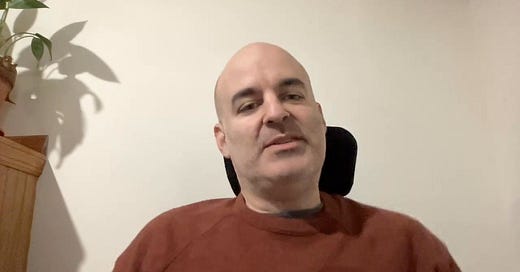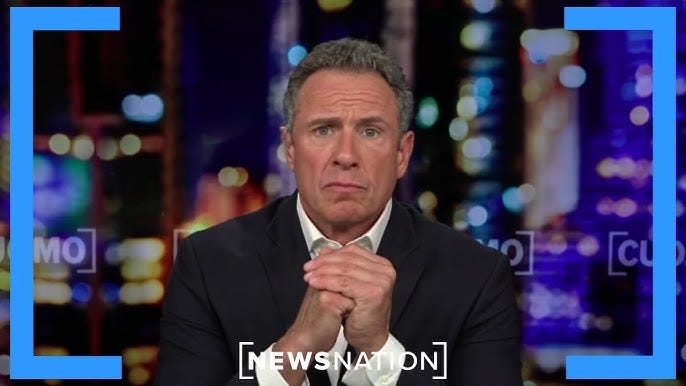Streaming was supposed to be the great unbundling. No contracts, no bloated packages, no ads—just content when and how you wanted it. Netflix led the charge, disrupting the industry and forcing traditional media giants to rethink their business models. But today, as we look at the media landscape, it’s clear: streaming didn’t kill TV. It became TV.
Netflix now has an ad-supported tier. In Q1 2024, 22% of U.S. subscribers watched ads—a 65% jump in just one quarter. By 2027, 60% of Netflix viewers will be watching commercials again. The cycle is complete. The same platforms that conditioned audiences to expect uninterrupted, ad-free content are slowly reintroducing the very thing they swore they’d never have: commercials.
And it’s not just Netflix.
Disney+ has ads. The same company that promised high-quality, premium storytelling is now making its revenue model look suspiciously like linear TV.
HBO Max, now just ‘Max,’ is a shell of its former self. The prestige brand that defined premium, ad-free content has stripped away its identity, chasing mainstream appeal.
Peacock, Paramount+, and Discovery+ exist in name, but they’re really just cable networks in disguise. The same content, the same players, just behind different digital paywalls and with a lousy user experience.
YouTube, once the home of independent creators, is now aggressively pushing ads to make non-premium users watch longer, unskippable interruptions.
Audiences aren’t choosing ads. They’re tolerating them. Subscription fatigue is real. The average household now pays for 4-5 streaming services—often costing more than cable ever did. So what happens when prices rise? People opt for ad-supported plans. Not because they want to, but because they have to.
For now, the ad load is lighter than traditional TV. But as financial pressures increase, expect more breaks, longer interruptions, and a shift back to the intrusive advertising experience we thought we left behind.
Who Controls What You See?
The shift isn’t just about ads. It’s about control. Legacy media once dictated what content we consumed. That power has shifted—but not to audiences. Instead, algorithms have replaced the gatekeepers.
Netflix, Disney+, and YouTube decide what you see through data-driven recommendations—not your preferences, but what they want you to watch.
TikTok determines virality in seconds, pushing content that serves its engagement model, not necessarily what’s most relevant or important.
Even independent creators—who were supposed to be free from the constraints of traditional media—are now at the mercy of shifting platform priorities and revenue structures.
At the same time, we are seeing a lot of success on these rented platforms for talented creators who are not beholden to legacy media.
left CNN and built a digital empire on Newsnation.Don Lemon owns his show, but his reach is dictated by the same algorithm that can decide tomorrow that his content no longer fits.
bypassed the traditional news industry, but his influence is only as strong as the engagement he generates.
For marketers, the lesson is clear: you don’t own your audience. You never have. You rent access, whether it’s from NBC, Netflix, TikTok, or Substack. The difference now is that the platforms can change the rules instantly, and you can do nothing about it.
What This Means for Marketing and Communication
Understanding media shifts isn’t just about keeping up with entertainment trends—it’s about understanding how audiences consume information, engage with brands, and what that means for communication strategies.
Short-form grabs attention. TikTok is where trends start, and Instagram Reels and YouTube Shorts are following suit.
Long-form builds loyalty. YouTube and podcasts keep audiences engaged and deepen relationships.
Ad tolerance is growing, but patience is shrinking. People will accept interruptions, but they expect relevance and value. Lazy, disruptive ads won’t cut it.
Authenticity is the new production value. Traditional, polished ad formats are losing ground to content that feels real, personal, and unfiltered.
The media landscape is evolving, and with it, so must marketing. Marketers who cling to old playbooks will get left behind. Those who understand where attention is shifting and why will shape the next era of brand communication.
Streaming didn’t kill TV—it brought it back under new management. And if we’re paying attention, there’s a lot to learn.
















Share this post